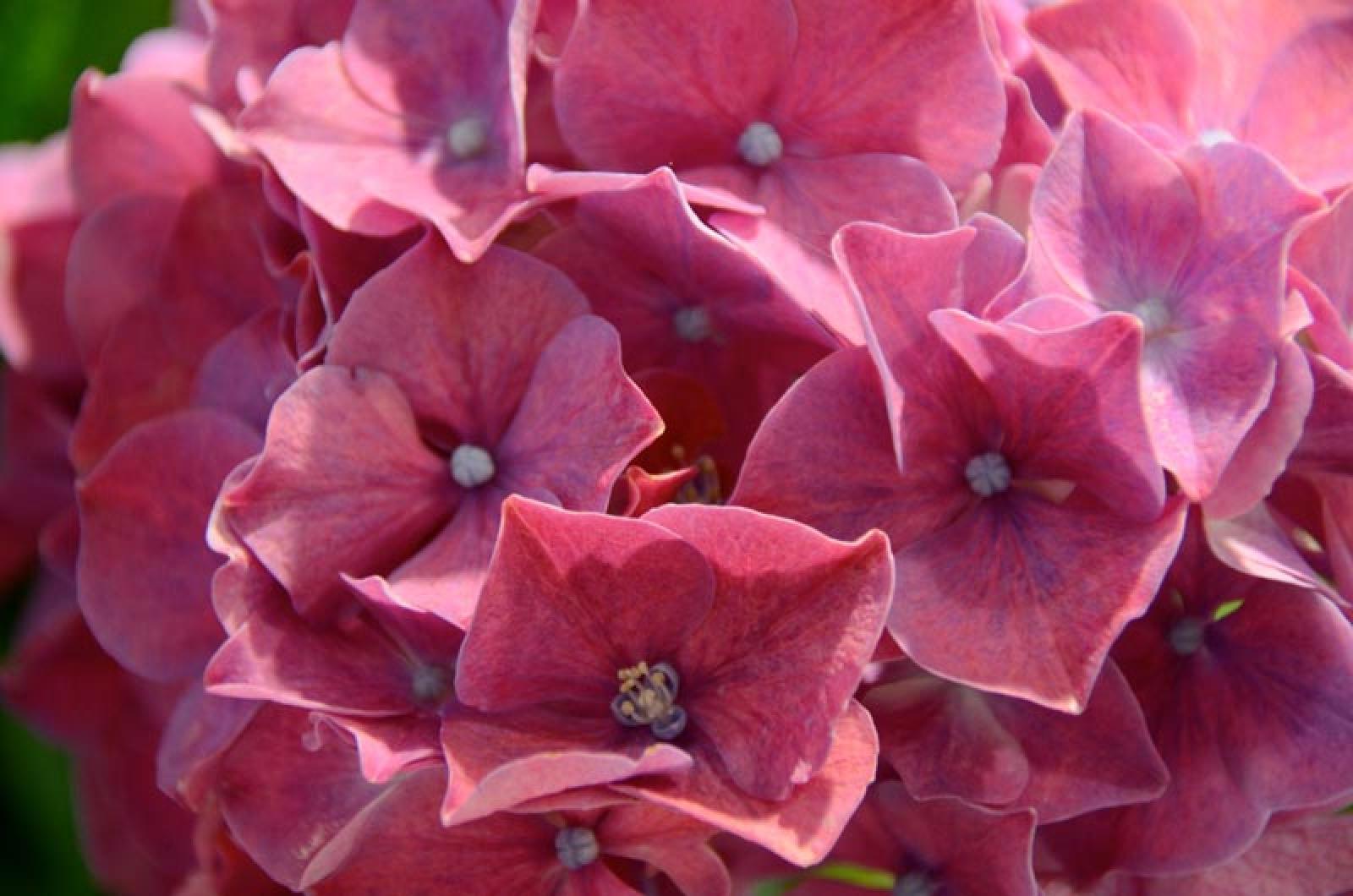I love when the previous week’s column gives me some material for this week. I talked about the extended family of turkeys in my yard and how if times really got tough I could have one for supper. I meant to say . . . “talk about local” but it printed up low-cal. I guess that would work as a sentence too! I’ve never really cared about calories so I probably wouldn’t say that.
It reminded me of another typo years back. I meant to say “For heaven’s sake, resist the temptation to prune your forsythia like a globe” but it came out “glove.” I still laugh at the mental picture of a glove-shaped shrub.
It’s been a busy week at the garden job sites. It is finally time for some serious plant division. We took apart several phlox that were easily four feet across and divided some single hyperion daylilies into 10 nice-sized plants. Hopefully next week we will attack some hostas. They have to be quartered at least. Luckily there are some new areas ready to receive new plantings.
Now is the perfect time for making new garden beds. Trading plants with friends gives each of you something new. I like a little history with plant material. “This peony came from my great aunt’s yard,” for example. Most of my home perennial garden came from divisions. I had a hospital bed for ailing plants which turned out quite lovely.
Please forgive me for out and out copying a portion of a New York Times article from several weeks ago.
“Spices grown in India have fueled wars, fortunes, and even the discovery of continents, and for thousands of years farmers harvested them in the same traditional ways. Until now.
“Science has revealed what ancient kings and sultans never knew: instead of improving health, spices sometimes make people very sick, so Indian government officials are quietly pushing some of the most far reaching changes ever in the way farmers pick, dry and thresh their rich bounty.
“The U.S. Food and Drug Administration will soon release a comprehensive analysis that pinpoints imported spices, found in just about every kitchen in the Western world, as a surprising potent source of salmonella poisoning...
“Fifteen per cent of coriander was found to be contaminated. Black pepper is the biggest culprit. It is dried on dirt floors. The salmonella bacteria can survive indefinitely on the dried peppercorns.”
In my typical “the sky is falling” attitude, I threw out everything in the spice cabinet. I don’t even want to admit how old some of them were anyway.
This, to me, is just one more reason to grow my own . . . I hate black pepper, by the way!
Keep a close watch for hornets’ nests. Son Reuben disturbed one while shearing a hedge. It was the size of a basketball. There are all kinds of bees on sedums. We have all been stung by grabbing the sleepy bumblebees. My friend Phyllis shared this remedy: slather the sting with liquid benadryl. (I use an aspirin taped to the sting but will try her method for the next round.)
I am a big sissy. Last week I cut into a dead mouse in a window box. Didn’t see it. I had to scream and wished for a chair to climb. It is always something!
There is a single corn plant in the triangle at the entrance to the West Tisbury cemetery. One can only wonder.
I’m writing this before the president addresses the nation concerning Syria. I honestly cannot form a clear opinion on the matter for once in my life. I’m a real peacenik. I lived and demonstrated for years in Washington during the Vietnam war. I really do not want to bomb Syria (or anywhere), but am conflicted about the use of chemical weapons without some action on our part. This is truly a moral dilemma and I do not envy any of the world leaders.







Comments
Comment policy »